It’s as predictable as the turning of autumn leaves. For several days each fall, downtown Indianapolis turns into a sea of blue and gold corduroy jackets for the National FFA Convention and Expo.
The wave of more than 67,000 attendees makes up one of the world’s largest student conventions, and it has rolled into Indianapolis ten times since 2006. FFA high school members, their chapter advisors, chaperones, and 450 exhibitors fill the Indiana Convention Center and nearby venues, as well as 120 hotels and nearly every restaurant within walking distance. They hear from motivational speakers, attend leadership meetings, and participate in service projects benefiting the host city, creating an estimated $39.8 million economic impact for Indianapolis in their wake.
“It’s incredibly significant for Indianapolis to host this caliber of student-leaders from across the United States—individuals who are making a positive impact in their own communities,” said Chris Gahl, senior vice president with Visit Indy. “Our hope is that the city makes a positive impression on them while they are here and they return to attend college or come back to enter our workforce. Hosting the National FFA convention is not only a tourism strategy, it’s a talent attraction strategy.”
At the 2018 event from October 24-27, crowds of students worked their way through the convention center halls, stopping at FFA-sponsored activities and visiting with convention sponsors and exhibitors. Those signature jackets? They are everywhere. Adopted as the official FFA dress uniform back in 1933, FFA convention-goers still sport colors chosen to represent the blue of the U.S. flag and the gold of ripened corn.
Much has changed, however, since FFA was founded in 1928. The National FFA Organization, headquartered in Indianapolis, is the nation’s largest youth-serving organization, with 669,989 students in FFA chapters in all 50 states, Puerto Rico and the U.S. Virgin Islands.
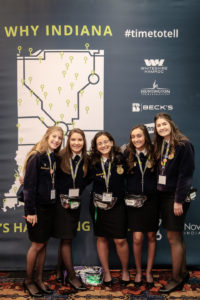
2018 National FFA Convention
Until 1969, females were not allowed to be FFA members; today, nearly half of all members are young women, and they hold about half of all state leadership positions and top national positions. While most of FFA’s membership is still composed of young people from farming and agriculture production backgrounds, fully 45 percent of FFA members live in towns, suburbs, and, increasingly, urban areas, according to National FFA Chief Executive Officer Mark Poeschl.
And although many types of agriculture-related jobs are growing, the number of the nation’s farms is declining—the U.S. Department of Agriculture estimates that there are roughly 2 million farms across the country, down from more than 6 million in 1940—which means that FFA members are less likely to live on, or in the future own, a working farm.
Over the years, those changes have prompted the National FFA to continue to expand its view of the future of agriculture. While production farming is still a focus, today’s National FFA mission is to “prepare members for leadership and careers in the science, business and technology of agriculture,” Poeschl said.
“One of the greatest challenges we face is how we will sustainably feed the world, with a population that is estimated to grow to more than 9 billion people on the planet in 2050. Innovation and technology are absolutely necessary,” he said.
The National FFA’s message to young people about the importance of agriculture, and their role in it, rings true for another Indiana-based organization. AgriNovus Indiana, which is an initiative of the Central Indiana Corporate Partnership founded to promote the growth and development of Indiana’s food and agriculture industry.
Collectively referred to as the agbiosciences, the industry already has a strong presence in Indiana, but it faces some challenges, too, according to AgriNovus Indiana President and CEO Beth Bechdol.
“We’re starting a movement, and part of that movement is to build world-class talent here in Indiana by promoting agbioscience career pathways and developing industry-relevant skill sets,” she said. “There’s magic happening here in Indiana in the agbiosciences, and we need to get the word out. But we do struggle to communicate with the next generation of young people, in part because they are so removed from farms and production agriculture.”
Like the National FFA, AgriNovus Indiana hopes to inspire a new generation of agbioscience talent. With support from separate Lilly Endowment grants aimed at doing exactly that, their shared purpose converged at the 2018 National FFA Convention and Expo in Indianapolis.
Collision Points
In 2016, the Endowment made a $1.5 million grant to the National FFA Foundation for three years of support for the annual conferences in Indianapolis. The grant supported FFA’s goals for youth attending the national meeting and at the same time helped provide the opportunity for Indianapolis to host a highly-prized convention and one of the city’s most important annual events.
Agriculture was also the focus of Endowment grants in 2014 and 2015 to the CICP Foundation, which supports the charitable and educational activities of CICP. Those grants provided seed money for the Indiana Food and Agricultural Innovation Initiative —now AgriNovus Indiana. The grants funded research and analysis relating to the state of agbiosciences in Indiana.
The findings: Indiana is a leading agricultural state, with $10 billion annually in crop and livestock products sold and $4.6 billion in agricultural exports, and it has potential for growth. The state is consistently No. 1 in the nation in duck and popcorn production, and fifth in corn, hogs and soybeans. AgriNovus estimates that agbiosciences is a $16 billion industry in Indiana, producing more than 75,000 jobs at wages more than 30 percent above the national average.
The state also is home to global headquarters and operations for biotechnology, animal health, food manufacturing and agricultural equipment companies, including Corteva Agriscience, Elanco, Beck’s Hybrids, United Animal Health, AgReliant Genetics, Maple Leaf Farms, Clabber Girl and others, along with smaller, promising startups.
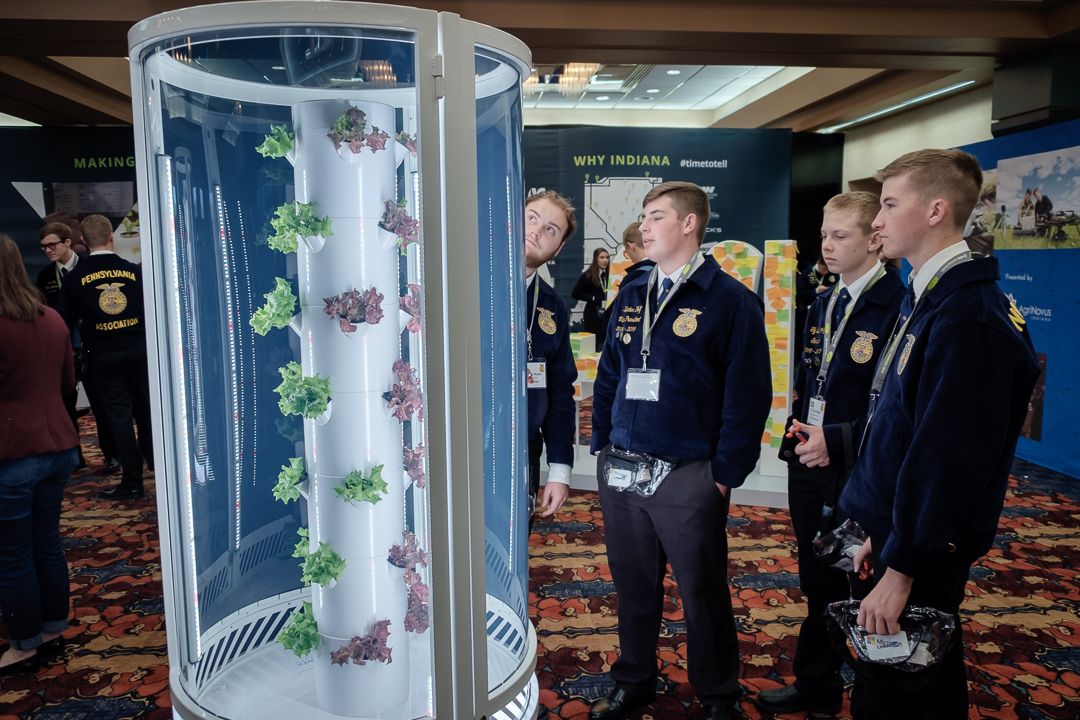
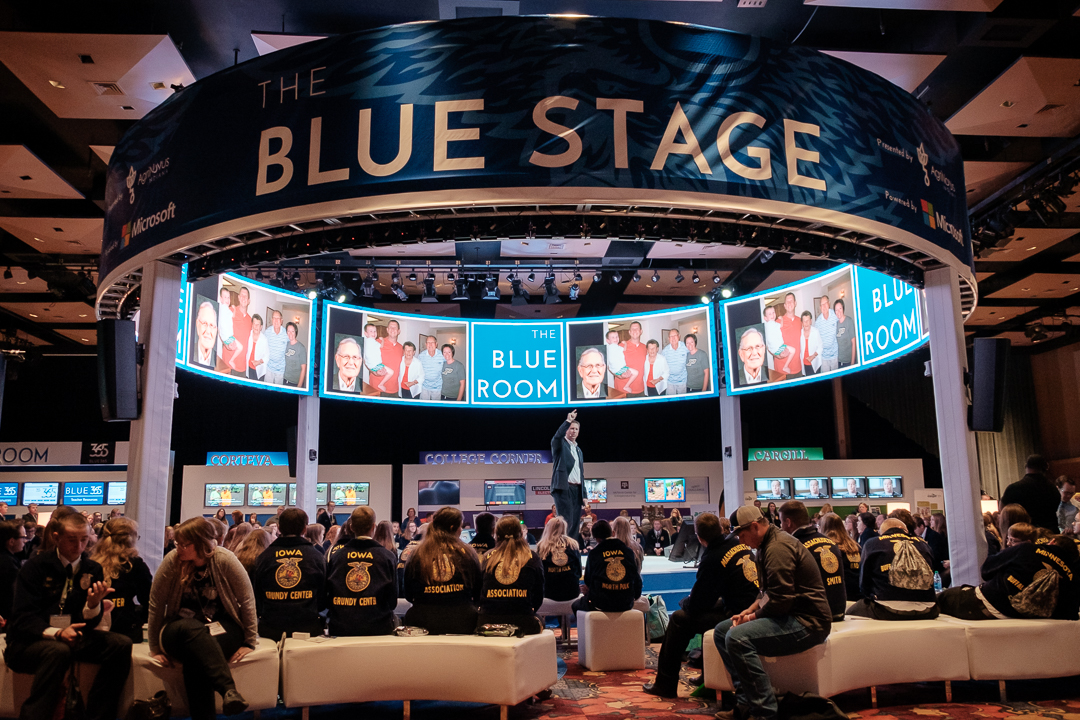
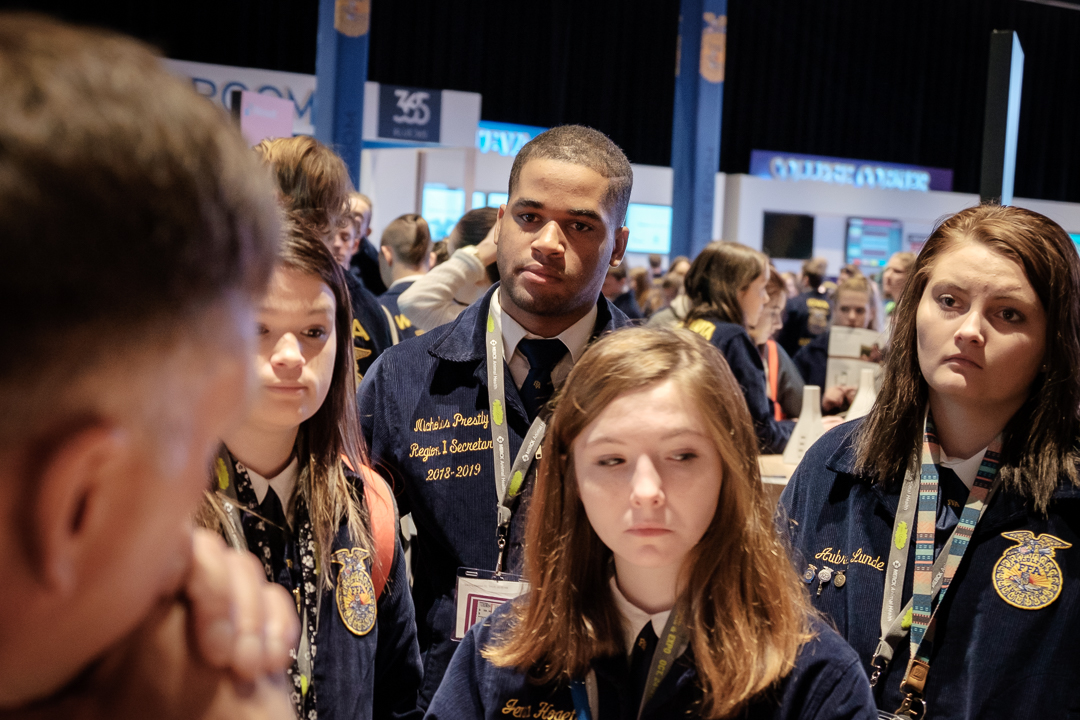
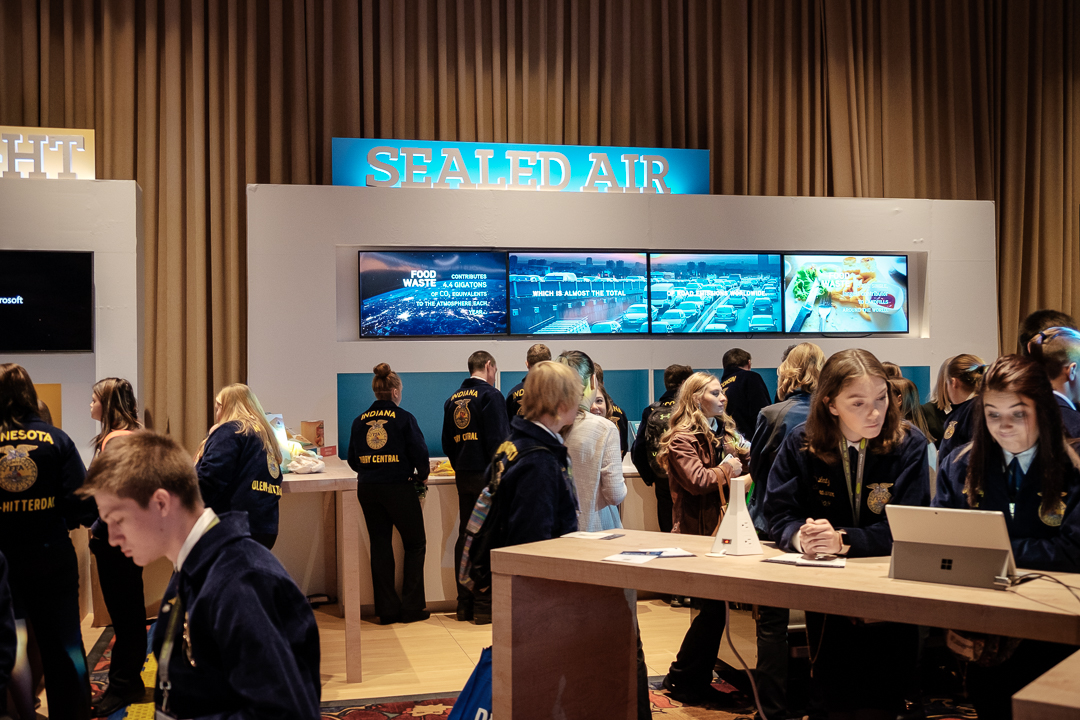
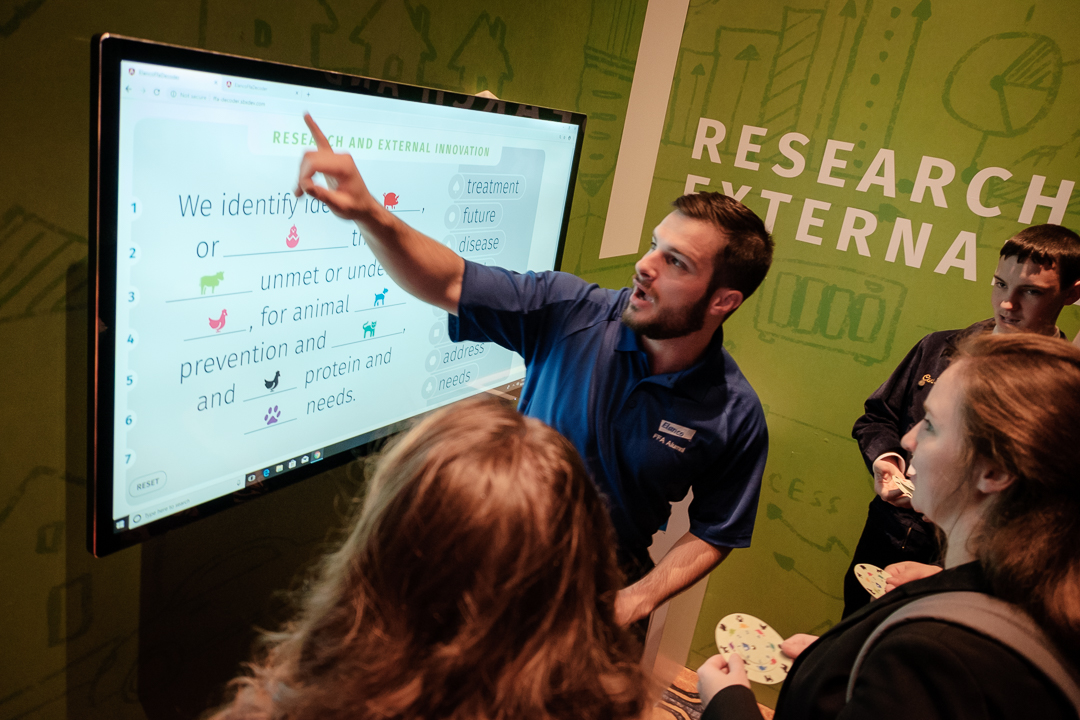
An additional $4.2 million Endowment grant to CICP Foundation in 2017 helped boost AgriNovus’ capabilities, as more than two dozen Indiana employers, universities and organizations—including the National FFA—signed on as stakeholders. In addition to strengthening relationships within the agbiosciences in Indiana, AgriNovus hopes to raise public awareness and cultivate an entrepreneurial ecosystem to accelerate early-stage companies, all in an effort to further Indiana’s presence as an agricultural powerhouse, according to Bechdol.
AgriNovus also is working to build a world-class talent base for the agbiosciences. The goal is to erase outmoded stereotypes about agriculture and help high school and college students understand the “collision points” where agriculture meets emerging technology, including robotics, software/application development, and data management, as well as to see the continued need for traditional roles for farmers, economists, lawyers, bankers, and scientists, Bechdol said.
Promising agbioscience career pathways span the educational spectrum ranging from employing people with high school diplomas and certificate training to those with Ph.D.s and professional degrees. It’s a spectrum that many Hoosiers—despite living in a deeply agricultural state—may not be aware of, according to Bechdol. Purdue University, a research powerhouse in engineering, technology and agriculture, is a natural source of talent, and six other institutions—Huntington University, Vincennes University, Ivy Tech Community College, Indiana State University, Ancilla and Grace colleges—all offer dedicated agriculture programs or curriculum. AgriNovus hopes to reach students at University of Notre Dame, Rose-Hulman Institute of Technology, Butler University, Indiana University Purdue University Indianapolis (IUPUI), and other schools.
In 2019, AgriNovus will debut an agbioscience career inventory and exploration website tool centered around jobs of the future related to other sectors, including tech, advanced manufacturing and the life sciences, to use across Indiana colleges and universities when classes start in the fall. “Indiana needs agriculturally literate talent,” Bechdol said. “We’re trying to be that bridge, to make career opportunities identifiable, exciting, and relatable to students who might not otherwise be exposed to agriculture.”
Enter the Blue Room
The convention has always been impressive, but a few years ago, Bechdol wondered if there was “a bit of a gap” in FFA’s storytelling and demonstration of the technology and innovation that are integral to agriculture. AgriNovus leaders decided to take a cue from big tech conventions to design a space that would have a “cool vibe,” and sketched out their ideas on a yellow legal notepad.
The vision—the FFA Blue Room—that began with AgriNovus was brought to life with National FFA staff and through a partnership with new sponsor Microsoft and ag-sector corporate sponsors at the 2018 convention.
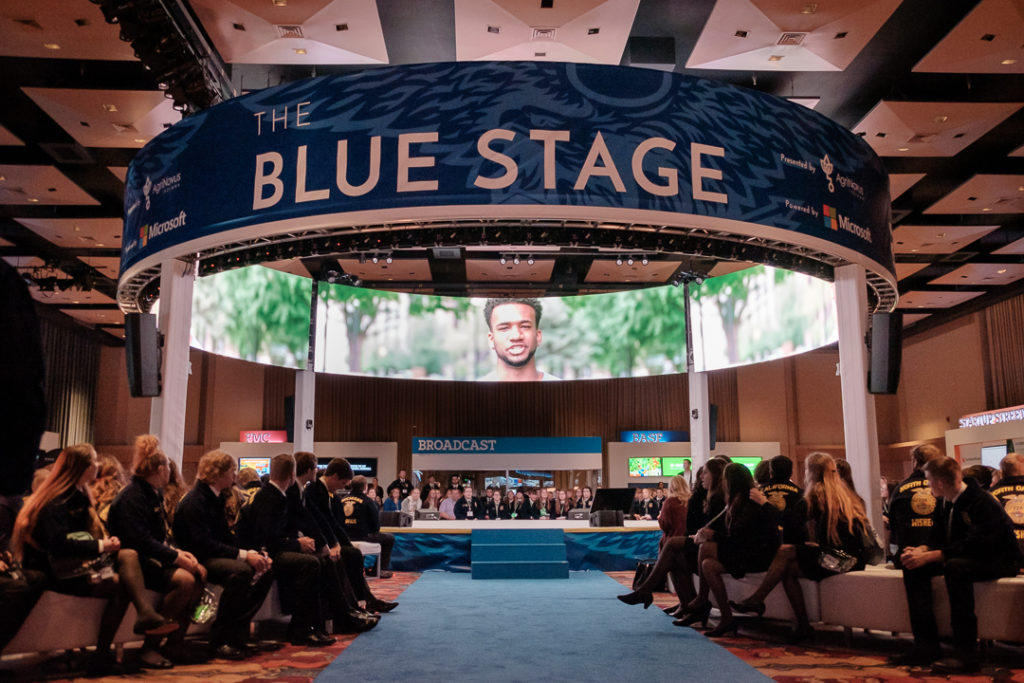
More than 4,300 attendees—including 3,012 FFA student members and guests such as Indiana Governor Eric Holcomb and U.S. Education Secretary Betsy DeVos, as well as chapter advisors and parents—entered the Blue Room, a space dedicated to exploring the convergence of agriculture, business, and technology.
Groups of FFA convention-goers entered the space through an anteroom, where AgriNovus highlighted Indiana’s place in the agbiosciences. Inside the Blue Room, lights were dim, except for the glow of exhibits and a round center stage. Speakers gave TED Talk-style presentations designed to inspire students, who could spend up to an hour and a half engaging with more than a dozen companies, including new ventures, on the Blue Room’s Startup Street. The Blue Room also served to launch Blue 365, an online resource focusing on innovation and technology that can be used in the classroom.
Entrepreneurs like Ellie Symes took to the Blue Room stage to talk to FFA students about founding the data-analytics firm The Bee Corp., while she was still a student at Indiana University. Months after the FFA Convention, as she was planning to fly to California to talk to almond growers about how her Indiana-based startup could quickly capture unbiased performance data about the bees pollinating their orchard, Symes said she was happy to tell her story and to serve on the AgriNovus board of directors at such an early stage in her career.
Symes said she counts on AgriNovus Indiana experts to help her strategize ways to grow The Bee Corp. “I love being part of AgriNovus,” she said. “It’s been very inclusive of small, startup companies like ours because they recognize that we are part of a healthy agbiosciences ecosystem.” She expains, “my goal was to be an example of technology entrepreneurship. That’s not to say I’ve traveled a perfect path, and I shared some of our missteps to illustrate that there is no straight path, but agriculture needs people with entrepreneurial drive and skills.”
The Blue Room grabbed the attention of Kiera Pascall and Brealyn LaRue, two FFA members from Sweet Grass County High School in Big Timber, Montana, who agreed that what they saw and heard at their first-ever convention was inspiring. “It brings everything together,” LaRue said. “We grew up in agriculture, but then you realize that there’s so much more to learn, and we really know only just a little bit.”
The FFA was “thrilled with the result” of the Blue Room, which will be an important part of the convention for the next several years, Poeschl said.
Big issues, such as climate change, nutrition, animal and human health, as well as the protection of air, soil and water, are challenges for the next generation. “We want them to understand the role they can have in addressing these really big challenges,” Bechdol said. “We want to make sure they saw innovation at work in agriculture and to come away asking, ‘What’s my role?’”
This 2016 grant was made for three years of support for the annual conferences in Indianapolis, and supported FFA’s goals for youth attending the national meeting.
This 2017 grant helped AgriNovus, an initiative of CICP, expand education, research and awareness with respect to agbiosciences in Indiana.

